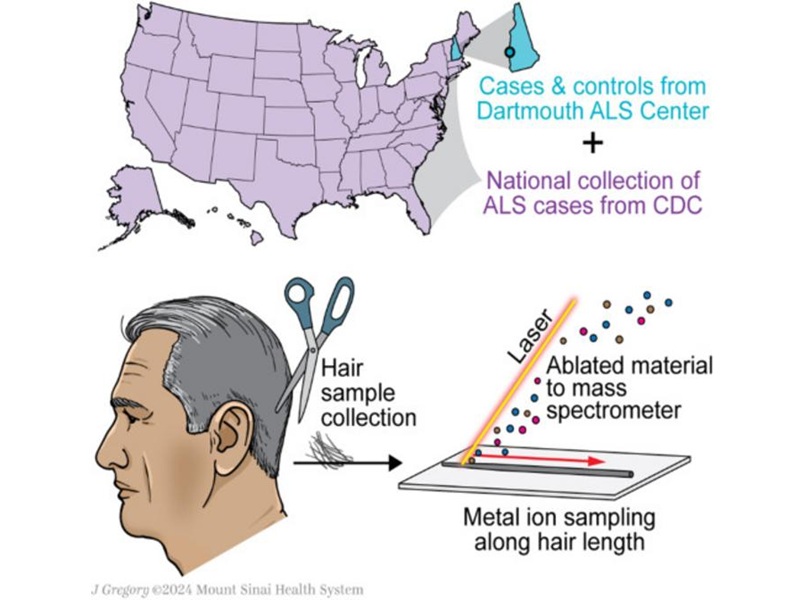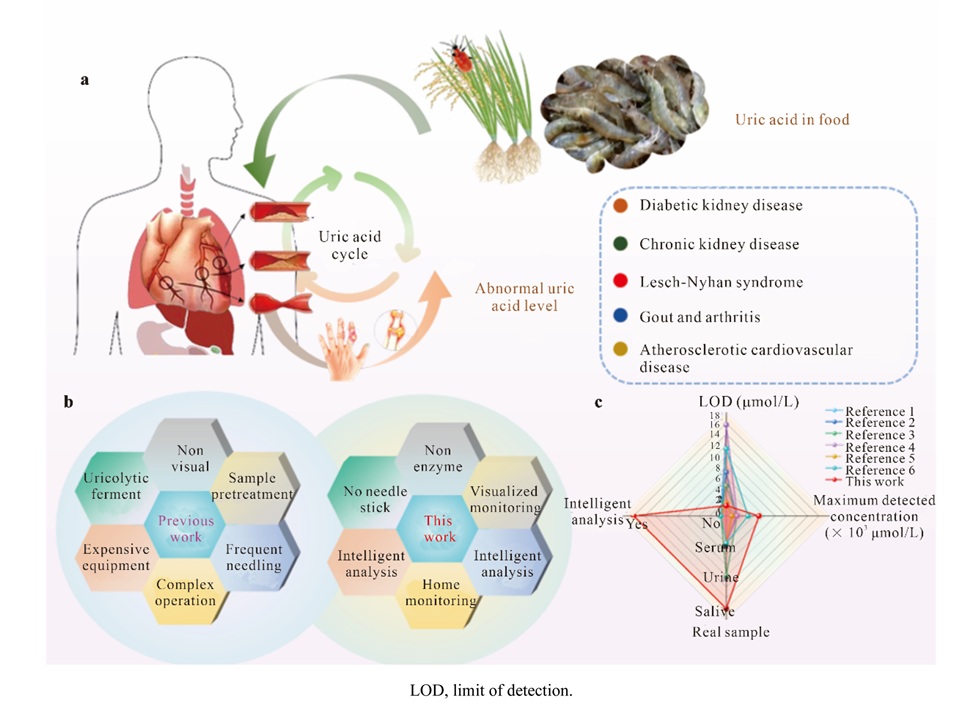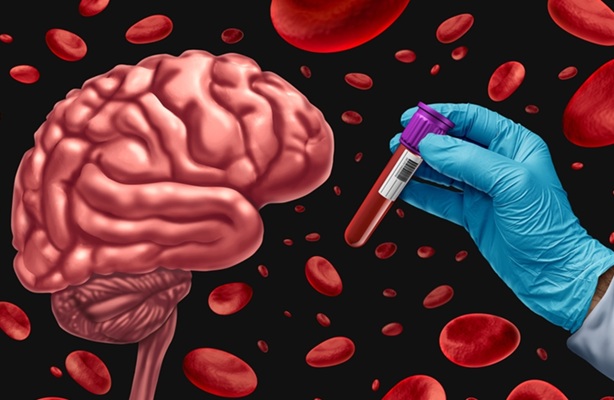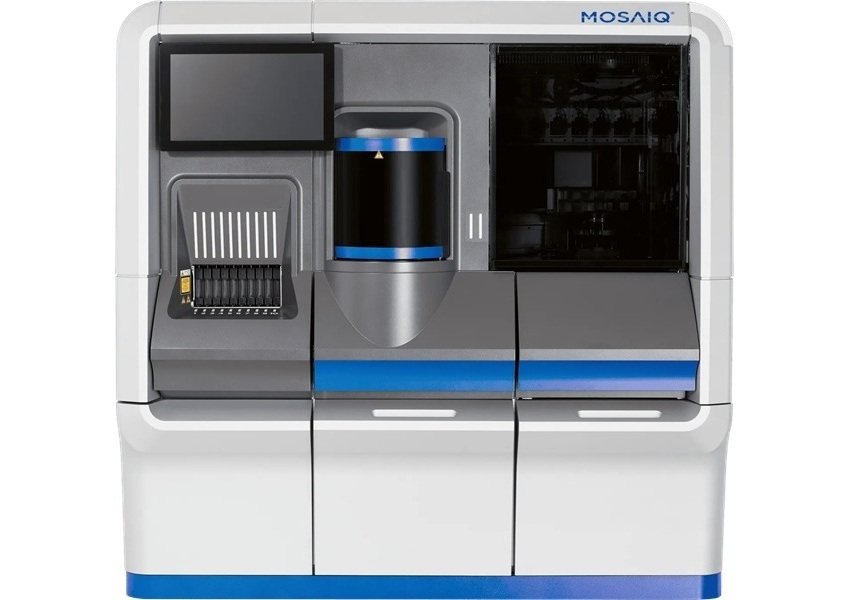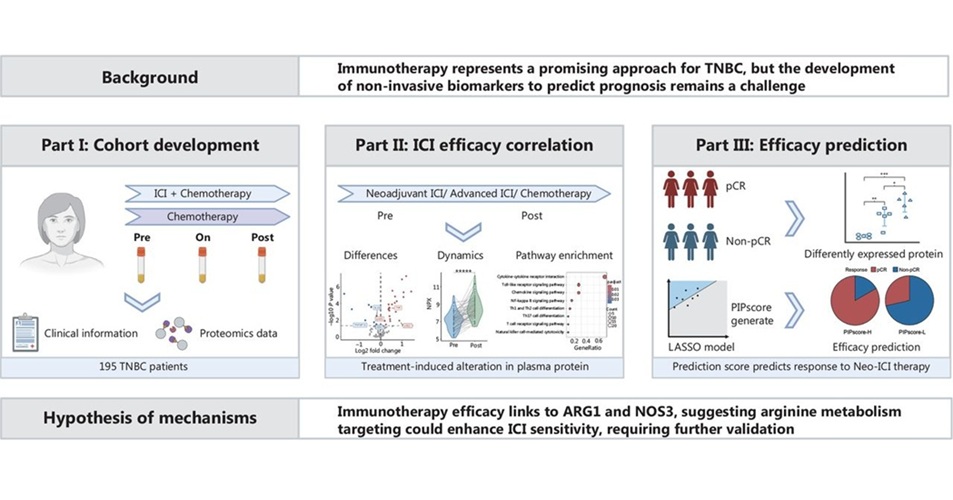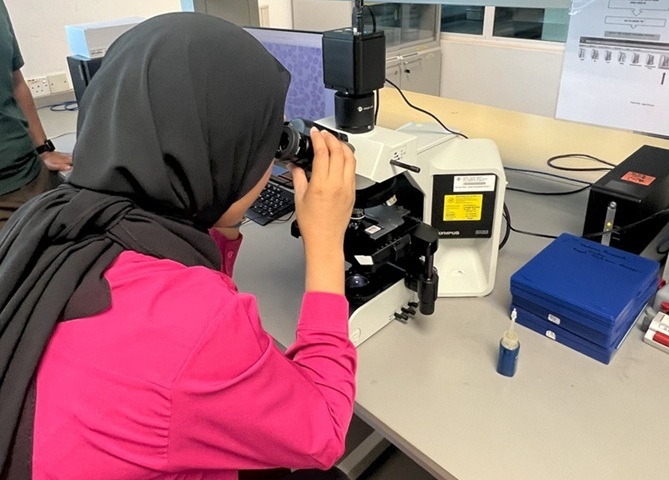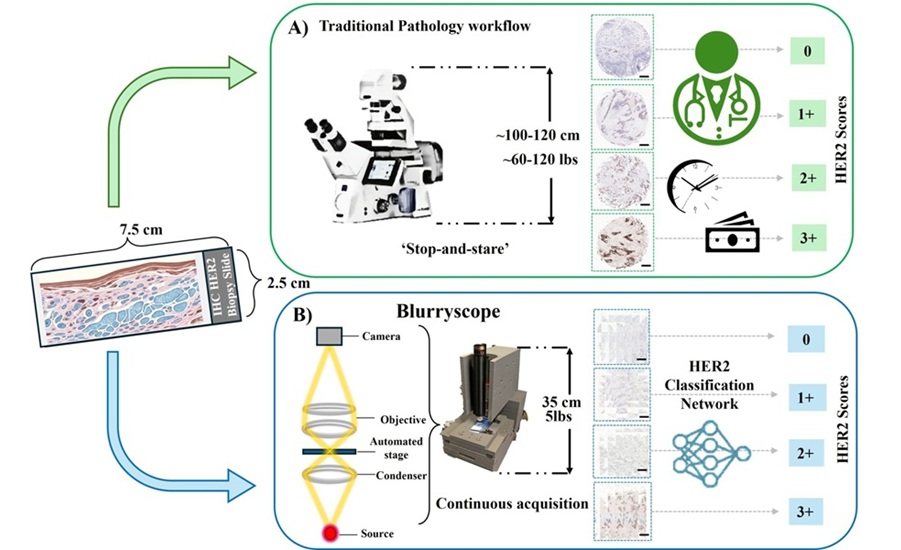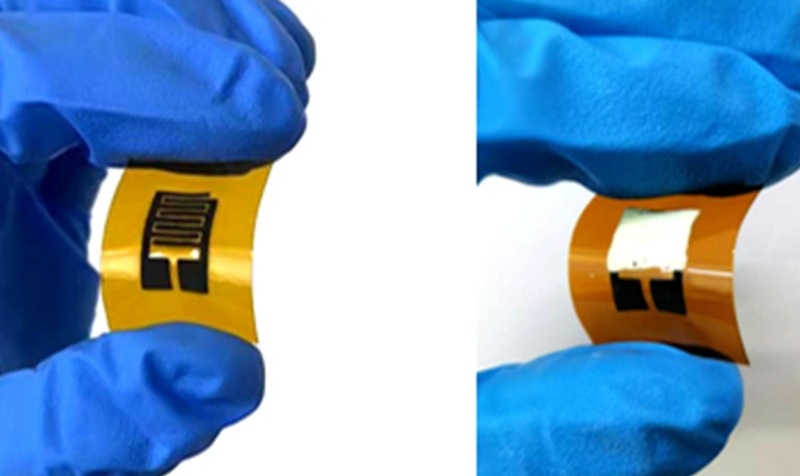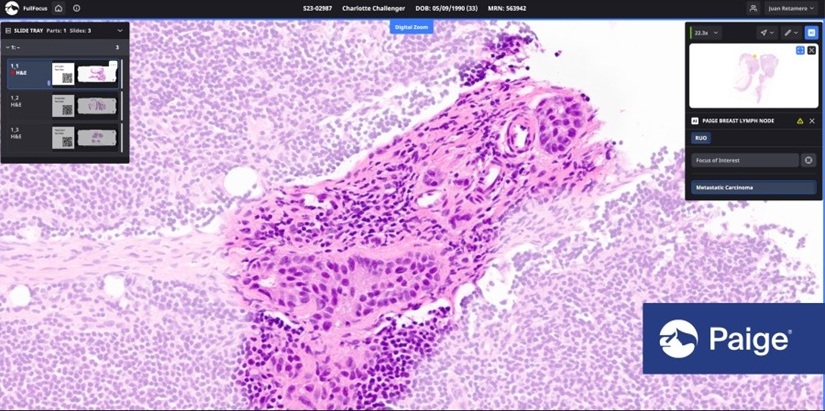Hematologic Abnormalities Found in HIV-Infected Children
|
By LabMedica International staff writers Posted on 22 Aug 2017 |
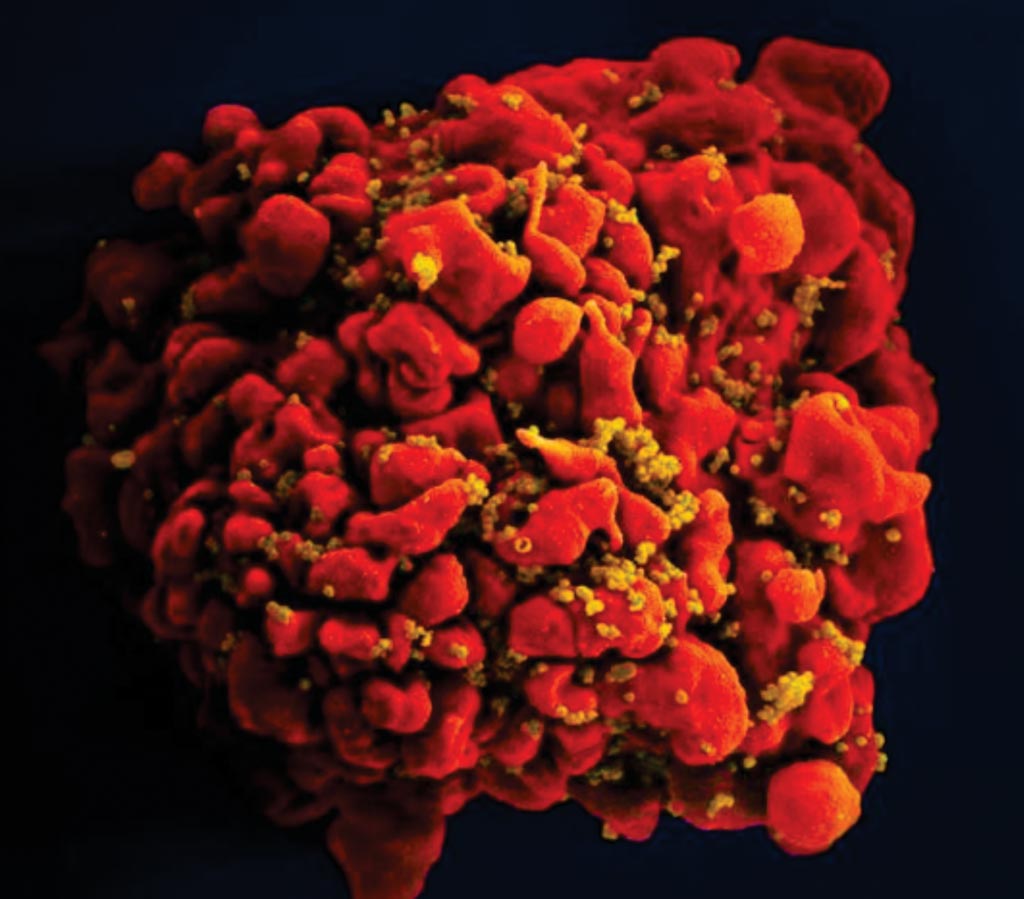
Image: A digitally colorized scanning electron micrograph of a T cell infected by numerous, spheroid-shaped, mustard-colored human immunodeficiency virus (HIV) particles, which can be seen attached to the cell\'s surface membrane (Photo courtesy of the US National Institute of Allergy and Infectious Diseases).
In both antiretroviral-treated and untreated individuals, different types of hematological abnormalities have been documented, the most important being pancytopenia. These changes are related with increased risk of morbidity and mortality.
Anemia is a common finding in patients with human immunodeficiency viral (HIV) infection and it is more prevalent in patients with advanced retroviral infection. Its prevalence ranges from 11.7% to 92% depending on the stage of HIV disease, sex, age, pregnancy status, and presence of opportunistic infections (OIs).
Scientists at the University of Gondar (Ethiopia) conducted a cross-sectional study was conducted from June 1 to August 30, 2015 on 222 HIV-infected children. All children less than15 years of age who took antiretroviral therapy (ART) for more than six months were considered for inclusion in the study. Anemia, neutropenia and thrombocytopenia were defined based on World Health Organization (WHO, Geneva, Switzerland) grading of hematologic toxicity. Accordingly, anemia was defined as hemoglobin (Hgb) concentration equal to or less than 10.5 g/dL for all children and further severity was also classified. Neutropenia was defined as absolute neutrophil count (ANC) of less than 1,500/mm3, and any increased severity further classified.
The investigators reported that the median age of study subjects was 10 years and 74.3% of the study subjects received ART for more than a year. The median of CD4 count before ART was 490 cells/mm3 and this increased to 663 cells/ mm3 after ART. The median of hemoglobin before ART was 11.5 mg/dL which increased after ART to 13 mg/dL and the prevalence of anemia was 42.8% before and 18.9% after ART initiation. The median of absolute neutrophil count before ART was 3×103/mm3 and after ART remained practically almost unchanged. Thrombocytopenia was observed in 8.1% of the study patients and decreased to 1.8% after treatment with ARV drugs.
The authors concluded that anemia was the top abnormality identified, followed by thrombocytopenia and leukopenia and after ART initiation, and there was a significant improvement of the hematologic profile among the pediatric population studied. The study was published on August 4, 2017, in the Journal of Blood Medicine.
Related Links:
University of Gondar
World Health Organization
Anemia is a common finding in patients with human immunodeficiency viral (HIV) infection and it is more prevalent in patients with advanced retroviral infection. Its prevalence ranges from 11.7% to 92% depending on the stage of HIV disease, sex, age, pregnancy status, and presence of opportunistic infections (OIs).
Scientists at the University of Gondar (Ethiopia) conducted a cross-sectional study was conducted from June 1 to August 30, 2015 on 222 HIV-infected children. All children less than15 years of age who took antiretroviral therapy (ART) for more than six months were considered for inclusion in the study. Anemia, neutropenia and thrombocytopenia were defined based on World Health Organization (WHO, Geneva, Switzerland) grading of hematologic toxicity. Accordingly, anemia was defined as hemoglobin (Hgb) concentration equal to or less than 10.5 g/dL for all children and further severity was also classified. Neutropenia was defined as absolute neutrophil count (ANC) of less than 1,500/mm3, and any increased severity further classified.
The investigators reported that the median age of study subjects was 10 years and 74.3% of the study subjects received ART for more than a year. The median of CD4 count before ART was 490 cells/mm3 and this increased to 663 cells/ mm3 after ART. The median of hemoglobin before ART was 11.5 mg/dL which increased after ART to 13 mg/dL and the prevalence of anemia was 42.8% before and 18.9% after ART initiation. The median of absolute neutrophil count before ART was 3×103/mm3 and after ART remained practically almost unchanged. Thrombocytopenia was observed in 8.1% of the study patients and decreased to 1.8% after treatment with ARV drugs.
The authors concluded that anemia was the top abnormality identified, followed by thrombocytopenia and leukopenia and after ART initiation, and there was a significant improvement of the hematologic profile among the pediatric population studied. The study was published on August 4, 2017, in the Journal of Blood Medicine.
Related Links:
University of Gondar
World Health Organization
Latest Hematology News
- Pioneering Model Measures Radiation Exposure in Blood for Precise Cancer Treatments
- Platelets Could Improve Early and Minimally Invasive Detection of Cancer
- Portable and Disposable Device Obtains Platelet-Rich Plasma Without Complex Equipment
- Disposable Cartridge-Based Test Delivers Rapid and Accurate CBC Results
- First Point-of-Care Heparin Monitoring Test Provides Results in Under 15 Minutes

- New Scoring System Predicts Risk of Developing Cancer from Common Blood Disorder
- Non-Invasive Prenatal Test for Fetal RhD Status Demonstrates 100% Accuracy
- WBC Count Could Predict Severity of COVID-19 Symptoms
- New Platelet Counting Technology to Help Labs Prevent Diagnosis Errors
- Streamlined Approach to Testing for Heparin-Induced Thrombocytopenia Improves Diagnostic Accuracy
- POC Hemostasis System Could Help Prevent Maternal Deaths
- New Test Assesses Oxygen Delivering Ability of Red Blood Cells by Measuring Their Shape
- Personalized CBC Testing Could Help Diagnose Early-Stage Diseases in Healthy Individuals
- Non-Invasive Test Solution Determines Fetal RhD Status from Maternal Plasma
- First-Of-Its-Kind Smartphone Technology Noninvasively Measures Blood Hemoglobin Levels at POC

- Next Gen CBC and Sepsis Diagnostic System Targets Faster, Earlier, Easier Results
Channels
Clinical Chemistry
view channel
Gold Nanoparticles to Improve Accuracy of Ovarian Cancer Diagnosis
Ovarian cancer is considered one of the deadliest cancers, in part because it rarely shows clear symptoms in its early stages, and diagnosis is often complex. Current approaches make it difficult to accurately... Read more
Simultaneous Cell Isolation Technology Improves Cancer Diagnostic Accuracy
Accurate cancer diagnosis remains a challenge, as liquid biopsy techniques often fail to capture the complexity of tumor biology. Traditional systems for isolating circulating tumor cells (CTCs) vary in... Read moreMolecular Diagnostics
view channel
2-Hour Cancer Blood Test to Transform Tumor Detection
Glioblastoma and other aggressive cancers remain difficult to control largely because tumors can recur after treatment. Current diagnostic methods, such as invasive biopsies or expensive liquid biopsies,... Read more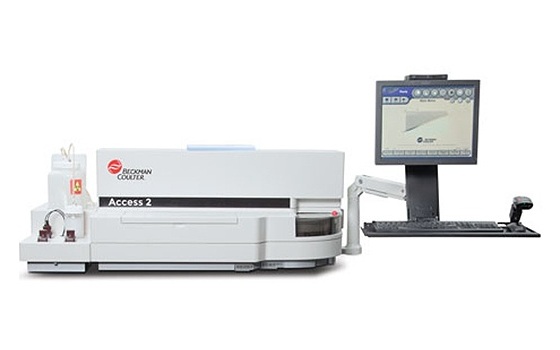
Automated High Throughput Immunoassay Test to Advance Neurodegenerative Clinical Research
Alzheimer’s disease and other neurodegenerative disorders remain difficult to diagnose and monitor accurately due to limitations in existing biomarkers. Traditional tau and phosphorylated tau measurements... Read more
Ultrasensitive Test Could Identify Earliest Molecular Signs of Metastatic Relapse in Breast Cancer Patients
HR+ (hormone receptor-positive) HER2- (human epidermal growth factor receptor 2-negative) breast cancer represents over 70% of all breast cancer cases and carries a significant risk of late recurrence.... Read moreImmunology
view channel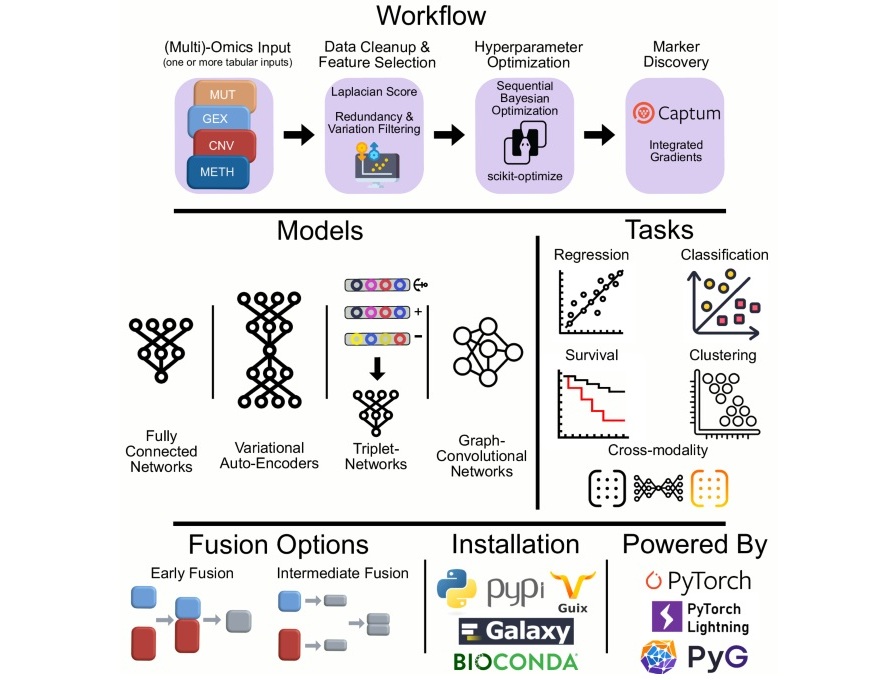
Novel Tool Uses Deep Learning for Precision Cancer Therapy
Nearly 50 new cancer therapies are approved each year, but selecting the right one for patients with highly individual tumor characteristics remains a major challenge. Physicians struggle to navigate the... Read more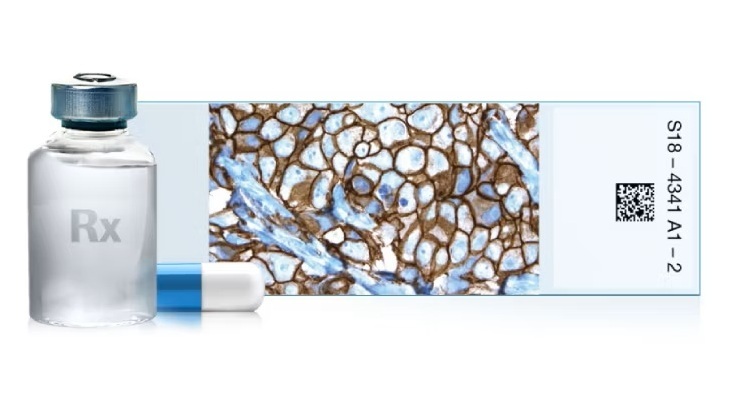
Companion Diagnostic Test Identifies HER2-Ultralow Breast Cancer and Biliary Tract Cancer Patients
Breast cancer is the most common cancer in Europe, with more than 564,000 new cases and 145,000 deaths annually. Metastatic breast cancer is rising in younger populations and remains the leading cause... Read moreMicrobiology
view channel
Microfluidic Platform Assesses Neutrophil Function in Sepsis Patients
Sepsis arises from infection and immune dysregulation, with neutrophils playing a central role in its progression. However, current clinical tools are unable to both isolate these cells and assess their... Read moreNew Diagnostic Method Confirms Sepsis Infections Earlier
Sepsis remains one of the most dangerous medical emergencies, often progressing rapidly and becoming fatal without timely intervention. Each hour of delayed treatment in septic shock reduces patient survival... Read more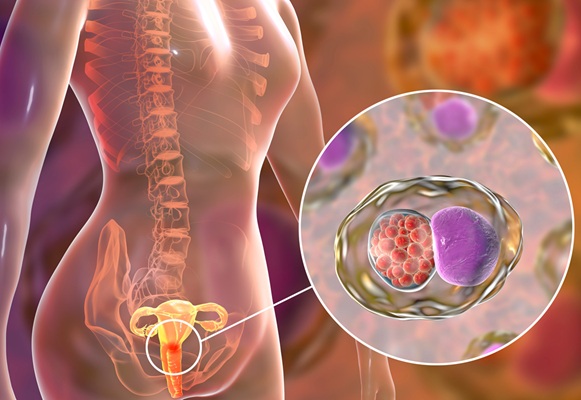
New Markers Could Predict Risk of Severe Chlamydia Infection
Chlamydia trachomatis is a common sexually transmitted infection that can cause pelvic inflammatory disease, infertility, and other reproductive complications when it spreads to the upper genital tract.... Read more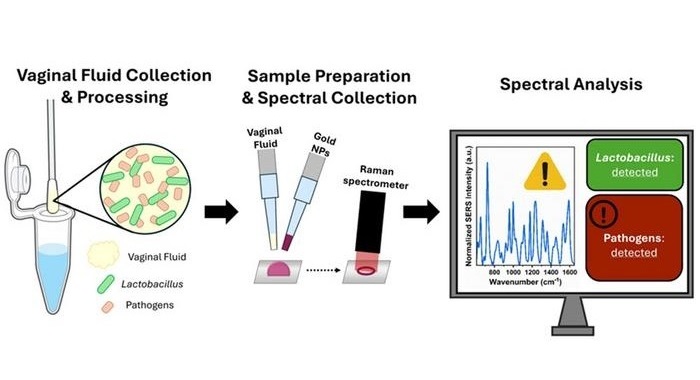
Portable Spectroscopy Rapidly and Noninvasively Detects Bacterial Species in Vaginal Fluid
Vaginal health depends on maintaining a balanced microbiome, particularly certain Lactobacillus species. Disruption of this balance, known as dysbiosis, can increase risks of infection, pregnancy complications,... Read morePathology
view channelAccurate Pathological Analysis Improves Treatment Outcomes for Adult Fibrosarcoma
Adult fibrosarcoma is a rare and highly aggressive malignancy that develops in connective tissue and often affects the limbs, trunk, or head and neck region. Diagnosis is complex because tumors can mimic... Read more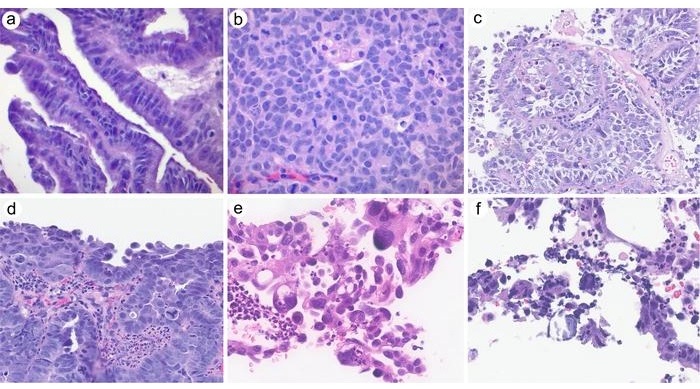
Clinicopathologic Study Supports Exclusion of Cervical Serous Carcinoma from WHO Classification
High-grade serous carcinoma is a rare diagnosis in cervical biopsies and can be difficult to distinguish from other tumor types. Cervical serous carcinoma is no longer recognized as a primary cervical... Read moreTechnology
view channel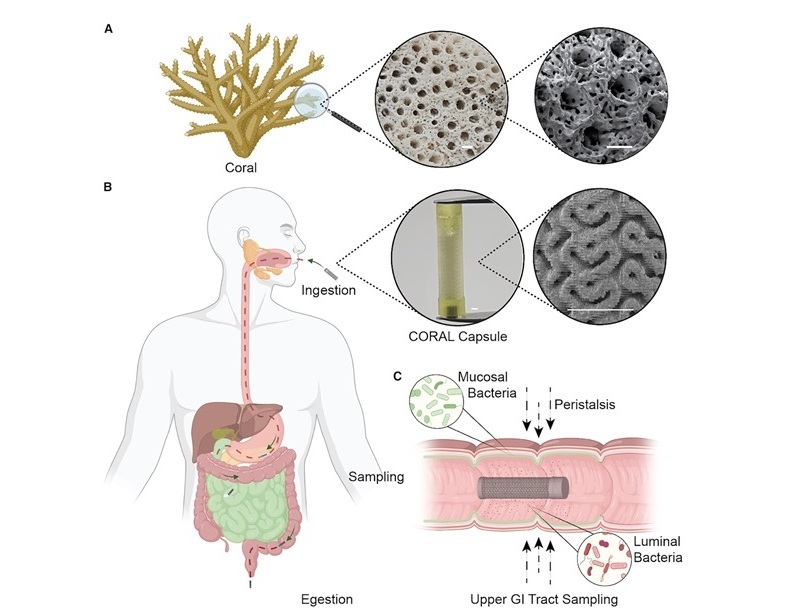
Coral-Inspired Capsule Samples Hidden Bacteria from Small Intestine
The gut microbiome has been linked to conditions ranging from immune disorders to mental health, yet conventional stool tests often fail to capture bacterial populations in the small intestine.... Read more
Rapid Diagnostic Technology Utilizes Breath Samples to Detect Lower Respiratory Tract Infections
Respiratory tract infections (LRTIs) are leading causes of illness and death worldwide, particularly among vulnerable populations such as the elderly, young children, and those with compromised immune systems.... Read moreIndustry
view channel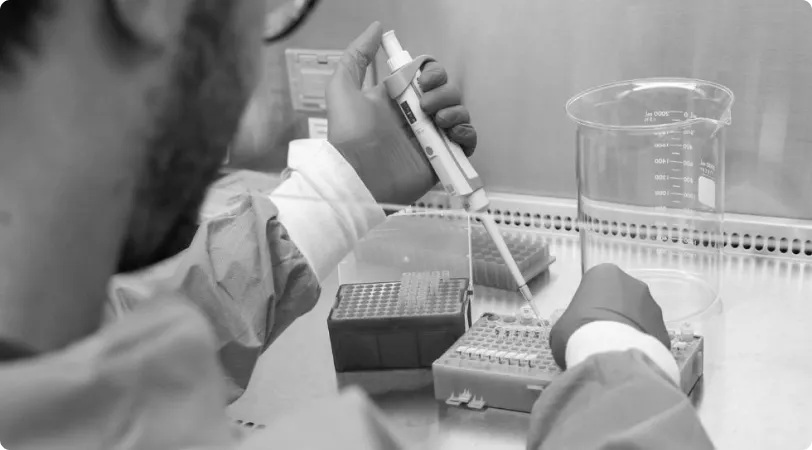
VedaBio Partners With Mammoth Biosciences to Expand CRISPR-Based Diagnostic Technologies
VedaBio (San Diego, CA, USA) has entered into a non-exclusive license agreement with Mammoth Biosciences (Brisbane, CA, USA) for the use of select CRISPR-based technologies in diagnostic applications.... Read more











